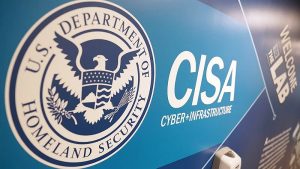Michigan State Senator Sean McCann has introduced Senate Bill 737, which would establish a 24/7 security operation center (SOC) for Michigan’s higher education institutions.
The Cybersecurity and Infrastructure Security Agency (CISA) has released a new guide for university cybersecurity clinics.
Maria College, a private college in Albany, N.Y., announced the opening of its new Center for Academic Innovation (CAI), which includes more than 1,000 square feet of extended reality (XR) technologies to train students in nursing, anatomy and physiology, and human biology.
Thanks to $3 million in grant funding from the National Science Foundation (NSF), the University of Nevada, Las Vegas (UNLV) will launch a new scholarship program for cyber defense students.
In a bid to make the path to a four-year degree a little bit easier, California State University (CSU) has launched a free online CSU Transfer Planner to help streamline the transfer process for community college students looking to earn their four-year degree at a CSU system university.
Princeton University announced that it has named Daren Hubbard its new chief information officer (CIO) and vice president for information technology. Hubbard will depart the Georgia Institute of Technology, where he has served as the vice president of information technology and CIO since 2020.
The National Science Foundation (NSF) recently announced the first-ever Enabling Partnerships to Increase Innovation Capacity (EPIIC) investment of $19.6 million to nearly 50 teams at U.S. institutions of higher education.
The National Science Foundation (NSF) has implemented a final rule that establishes repayment standards for the agency’s CyberCorps Scholarship-for-Service recipients who fail to fulfill the program’s requirements.
The General Services Administration (GSA) is sponsoring a new campaign for Challenge.gov that aims to expand the pool of higher education-based respondents to Federal challenges by discovering which digital platforms are best – and worst – to promote government competition outreach.
Utah Gov. Spencer Cox has nominated four tech company executives and two board members of technical institutions to serve on the Utah Board of Higher Education. The nominations are subject to approval by the Utah Senate.









